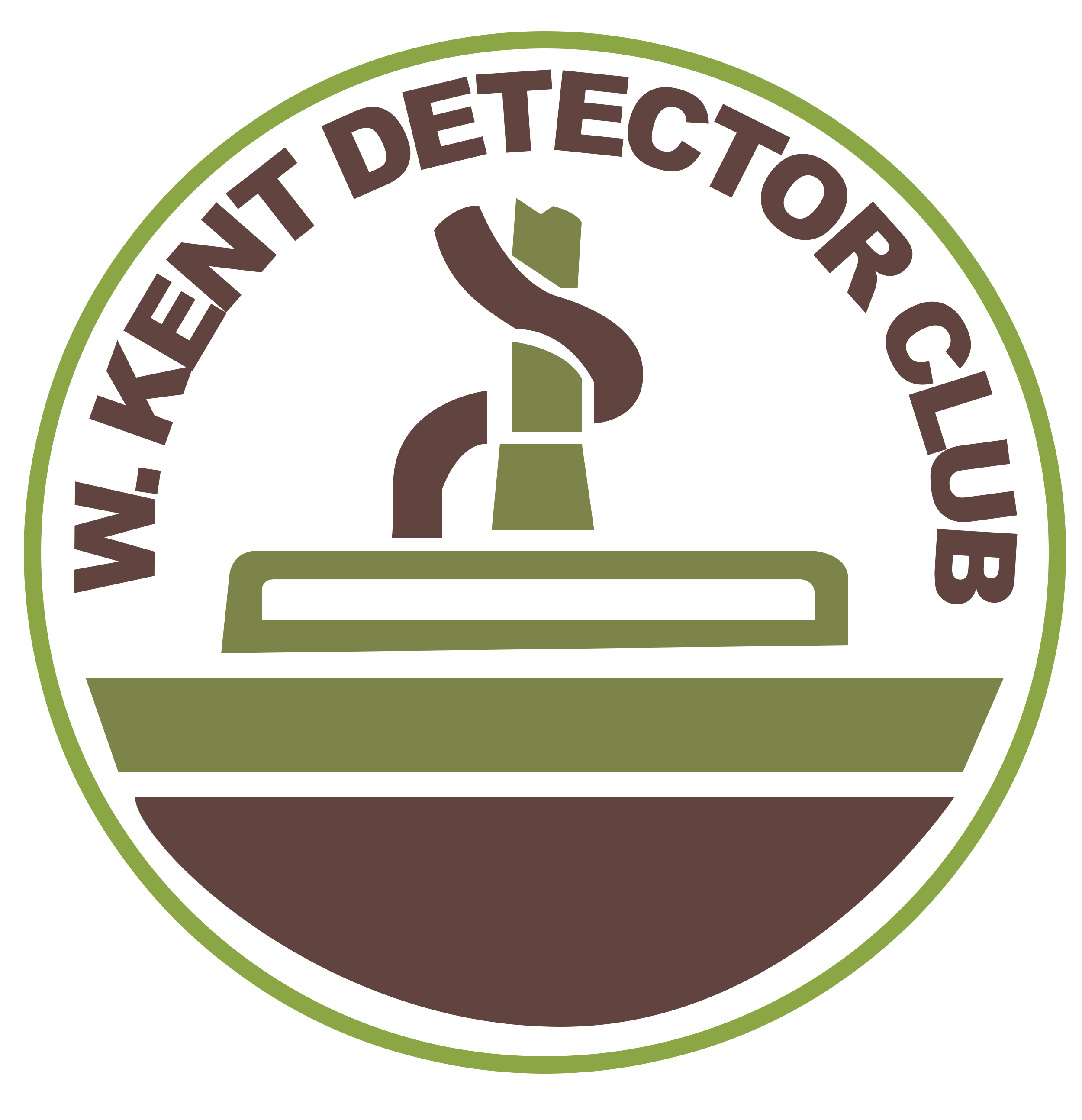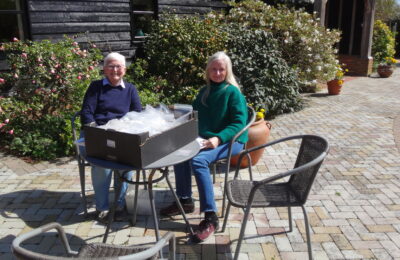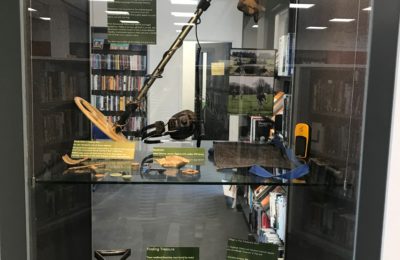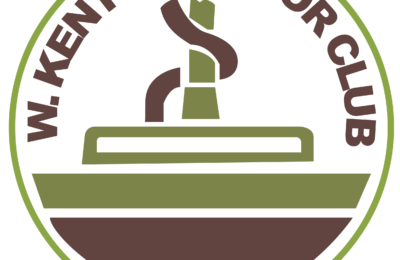Guy Creasy is an associate member who spends most of his time in the Czech Republic. He sent this tem which may be of interest.
Andrew.
Metal Detecting in the Czech Republic
Andrew asked me to write this article some months ago (actually almost a year!) and it’s been on my list of things to do, but never quite made it to the top. Last month though I met up with an old friend who was first person I knew here with a detector and it occurred to me that this was almost 20 years ago – how time flies! This realisation made me think that now would be a good time to write an article on how the hobby has changed in the Czech Republic over this time.
When I first arrived in the Czech Republic I knew nobody who had a detector or even if it was allowed – so I left my detector in England. I was also extremely busy with my new job and getting to grips with unfamiliar surroundings and customs. The following summer on a holiday to the US I brought back with me a Tesoro Sidewinder, so now I had a detector, could I use it? The Internet was now just taking off and the first forums appearing and I posted my Czech details to one in the UK that listed contacts in different countries. From this I was contacted by one UK detectorist whose parents had fled Czechoslovakia in the 60s. He was very interested in establishing Czech detecting contacts and he put me in touch with my future friend Ada who had established the first Czech detecting club based in Pilsen. Ada very kindly invited me to club searches and I quickly saw there were some major differences in detecting styles.
Thirty percent of the Czech Republic is woodland and there is a tradition of public access because of the popularity of mushrooming and “tramping” (a combination of hiking and camping often accompanied by guitars and alcohol). Because of this a lot of detectorists choose to hunt woods and quite often they will choose to dig iron or at least the larger items as they can be items such as crossbow bolts, knives, etc.
The Czech Republic has a rich history, but it is somewhat different to the UK. In particular the country has been used as a battle ground by the great powers in Europe, with major battles and upheavals by invading Swedes during the 30 years’ war, Prussians, French and Russians during the 18th and 19th century: Particularly well known are the battles of Austerlitz (1812, attended by Napoleon) and Koniggratz (Austria vs Prussia 1863, half a million men, with 20,000 casualties in one day).
In the 20th century the Czech Republic was ceded to Germany as part of the Munich agreement in 1938 and became a “Protectorate”. At the final stages of the War the Germans when possible scrambled towards the US demarcation line in West Bohemia rather than fall into the hands of the Red Army who were in charge of the rest of the country. This situation resulted in a lot of discarded items, which are now eagerly sort by Czech detectorists. Hunting for WWII losses (such as German id badges, etc.) is perhaps the most popular form of Czech metal detecting. WWII artefacts are widely collected and some items can command high prices. The Benes decrees in 1946 saw the expulsion of the old Sudeten German communities; this resulted in many villages in the border regions being completely emptied and a large number were simply bull-dozered. These sites are also popular with detectorists and visiting one is quite an eerie experience, for the only evidence of buildings will be the odd cellar and foundations. But it can be possible to make out roads and gardens and quite often the old orchards still have their apple and cherry trees.
My detecting highlight and claim to fame was the discovery of a full gold Celtic stater. This was with Pilsen club at an organised hunt where in the 19th century a small hoard of gold staters had been found. The coin is quite different from British staters, it’s not exactly round and the image (the coin isn’t worn) has become totally abstracted. Mine was the only coin found and was “donated” to the Pilsen museum. I have a photo of the coin, but unfortunately I cannot remember where I put it, so will hopefully add it at a later date.
Below is a shortcut to a forthcoming event near Brno.
http://www.detekt.cz/minelab_day.html





